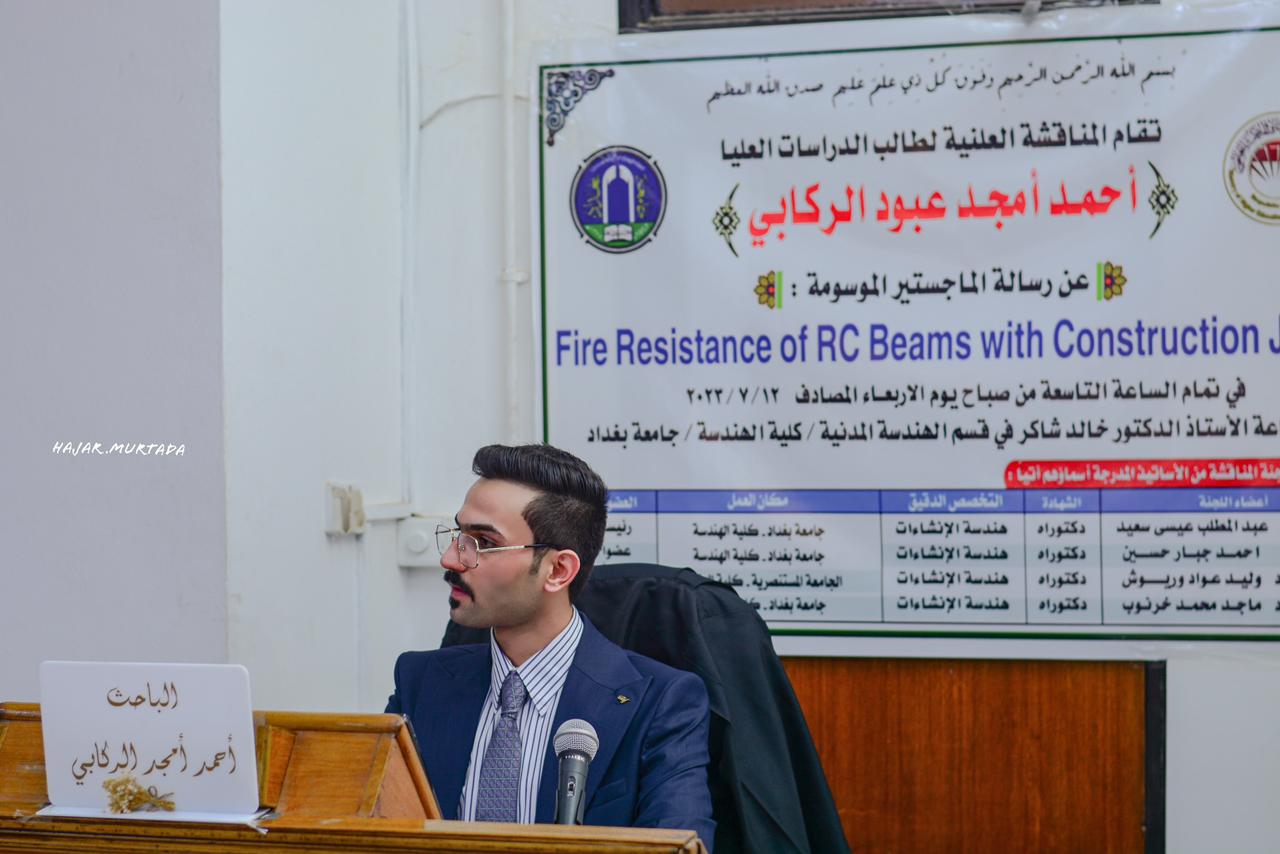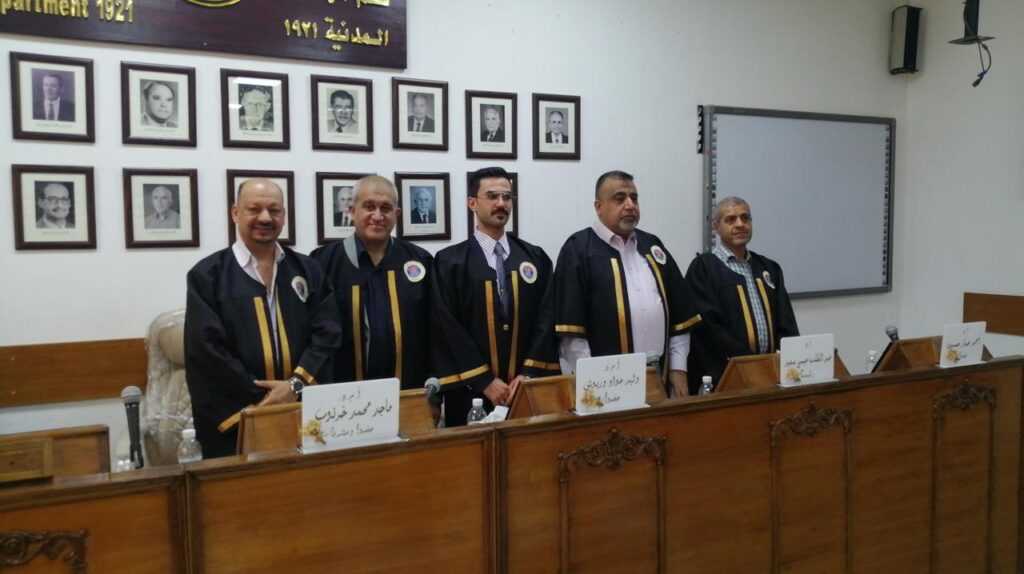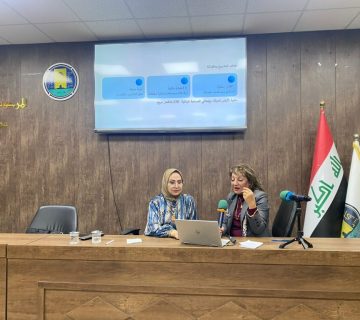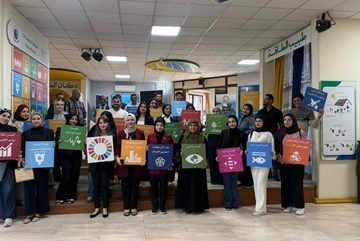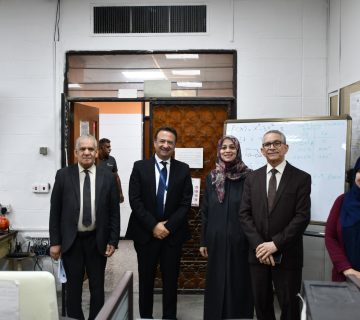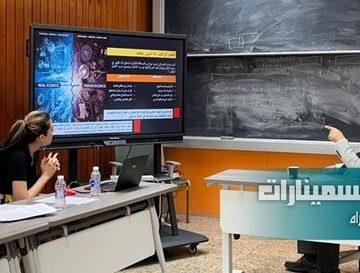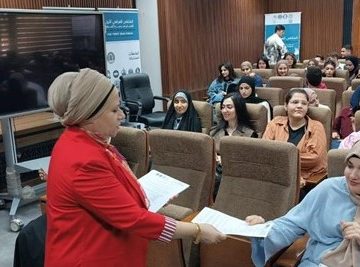The Civil Engineering Department at the College of Engineering, University of Baghdad, held on Wednesday 12-7-2023 MSc thesis examination titled:
“Fire Resistance of RC Beams with Construction Joints” By student Ahmed Amjed Abbood. The examination committee consisted of:
- Prof. Dr. AbdulMuttalib Said University of Baghdad/ College of Engineering (chairman).
- Prof. Dr. Ahmad Jabbar Hussain AL-Shimmeri University of Baghdad/ College of Engineering (member)
- Asst. Prof. Dr. Waleed Awad Waryosh University of Mustansiriyah/ College of Engineering (member)
- Asst. Prof. Dr. Majid Mohammad Kharnoob University of Baghdad/ College of Engineering (supervisor)
After conducting the public discussion and listening to the student’s defense, the thesis was accepted with Excellent degree.=The thesis was summarized as follow:
Exposure to high temperatures, which are mostly produced by accidental fires, represents one of the most severe exposures conditions for buildings and structures. The main objective of this research is to study the structural behavior of reinforced concrete beams with construction joint in terms of their fire-resisting exposed to fire flame at temperature (600 – 800) ℃ with period time (1.0 – 2.0) hours, using furnace manufactured for this purpose. This research presents an experimental and numerical study to investigate the structural behavior of fire flame exposure reinforced concrete beams with construction joint. The study was conducted on five reinforced concrete simply-supported beams of (2700 x 200 x 300) mm in length, width, and depth, respectively, with a clear span of 2500mm. These beams were built using a slanted connection at a 45° angle in the middle of the beams. The effect of two temperature (600 – 800) ℃ with two period time (1.0 – 2.0) hours on the reinforced concrete beam structural behavior was investigated. The experimental program involves testing five simply supported concrete beams one of them was not exposed to fire and considered as a control beam. The remaining four beams divided into two groups and each group consisted of two beams. The beam specimens of the first group were exposed to one and two hours of fire flaming at 600 oC while the beam specimens of the second group was exposed to 800 oC of fire flaming at the same time. The effect of the above-mentioned variables was studied at different stages of loading to find out the maximum bending strength, deflection, strain in steel and concrete, the cracks patterns, and stiffness.The experimental results showed that exposing the reinforced concrete beams to direct fire flames led to a decrease in the flexural strength with an increase in deflection. The results showed that the compressive strength of the concrete changed as the temperature of the fire flame changed. As the temperature rises, its effectiveness deteriorates. The average percentage of residual compressive strength after exposure to 600 oC and 800 oC with period time (1.0 and 2.0) hours was 63.5%, 59.2%, 50.9% and 47% respectively. The ultimate load capacity of the beam specimens decreases with increasing the fire flame temperature, at burning temperature 600 oC and 800 oC, exposure time (1.0 and 2.0) hours the average residual ultimate load capacity for specimens were 85%, 72%, 41% and 28% respectively. Numerical analysis for the tested specimens was carried out using ABAQUS (version19) finite element software. The numerical results showed that the general behavior for the (load-deflection) curves and (load-strain) curves obtained from the finite element models was of good agreement with those obtained experimentally. Also, the failure mechanism and crack patterns in the finite element models agree well with the observed failure modes during the experimental work. Generally, the predicted ultimate loads and ultimate deflection resulting from ABAQUS models were compatible with those obtained from the experimentally tested specimens. The difference ratio ranges between (1 – 14) %.

